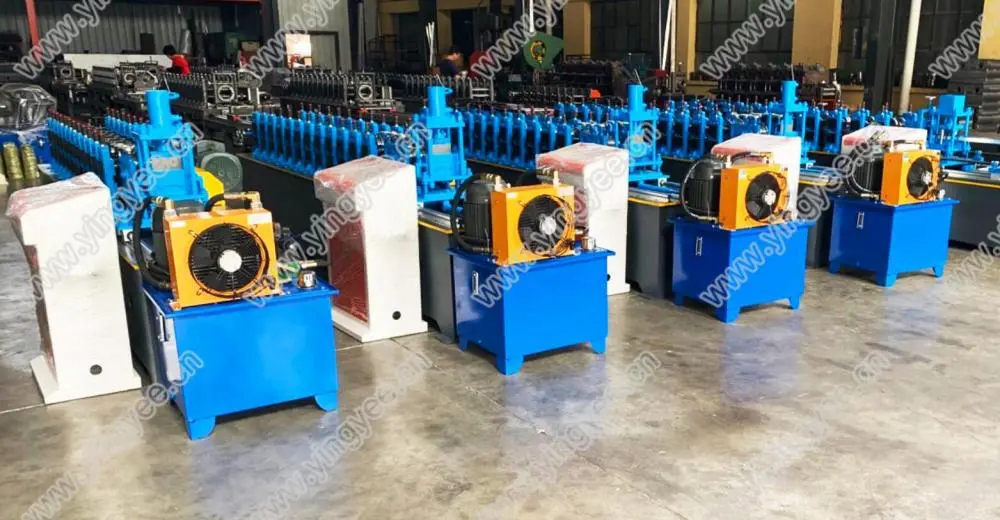
The Evolution and Importance of Solar PV Mounting Structure Roll Forming
In the wake of escalating energy demands and the imperatives of climate change, the solar energy sector has emerged as a beacon of hope. Among the innovations driving this renewable revolution, solar photovoltaic (PV) systems stand out for their efficiency and sustainability. However, the performance of these systems is significantly enhanced by the mounting structures that hold them in place. This is where the technique of roll forming comes into play, revolutionizing the production of solar PV mounting structures.
Understanding Roll Forming
Roll forming is a versatile metalworking process that involves feeding a continuous strip of metal through a series of rollers to create specific profiles and shapes. This technique has garnered attention for its ability to produce high-quality, uniform components that meet the stringent demands of modern manufacturing. For solar PV mounting structures, roll forming offers the advantage of lightweight yet robust profiles, which are essential for supporting solar panels securely while minimizing the overall load on rooftops or ground installations.
Applications in Solar PV Systems
The mounting structures designed through roll forming are critical for both rooftop and ground-mounted solar PV systems. They serve several key functions
1. Support and Stability The mounting structures provide the necessary support for solar panels, ensuring they remain stable against wind, rain, and snow loads. The precision achieved through roll forming allows for designs that can withstand varying environmental conditions.
2. Optimized Orientation The ability to adjust the angle of solar panels is crucial for maximizing solar exposure. Roll-formed mounting structures can be designed to accommodate adjustable angles, increasing energy capture throughout the day.
3. Ease of Installation Roll-formed components are typically lighter and easier to handle, reducing installation time and labor costs. This efficiency is especially important as the demand for solar installations continues to rise globally.

4. Durability and Resistance Roll forming allows for the creation of profiles that are resistant to corrosion, which is particularly important for outdoor applications subject to moisture and temperature fluctuations. The use of materials like galvanized steel or aluminum ensures longevity and reliability.
The Manufacturing Process
The roll forming process for solar PV mounting structures generally begins with the selection of high-quality steel or aluminum sheets. These sheets are then fed into a series of rollers that progressively shape the material. Each pass through the rollers gradually forms the metal into the desired profile, which can vary from simple brackets to more complex structural elements.
Automation plays a significant role in this manufacturing process, enhancing precision and consistency. Computer Numerical Control (CNC) technology is often employed to optimize production, allowing manufacturers to easily adjust specifications according to project requirements. This high level of customization supports the diverse needs of solar installation projects, whether residential, commercial, or industrial.
Future Perspectives
As the world continues to push for cleaner energy solutions, the solar PV market is expected to expand significantly. Innovations in roll forming technology are poised to keep pace with this growth, driving down costs while improving efficiency. Furthermore, advances in materials science may lead to the development of even lighter and more durable materials, enhancing the performance of roll-formed structures.
Sustainability is also becoming a priority in manufacturing processes. The roll forming industry is increasingly seeking eco-friendly practices, such as recycling scrap metal generated during production, thereby minimizing waste and reducing the environmental footprint.
Conclusion
The roll forming process has transformed the way solar PV mounting structures are produced, contributing significantly to the efficiency and feasibility of solar energy systems. With its numerous advantages such as cost-effectiveness, durability, and ease of installation, roll forming plays a vital role in the growing solar energy landscape. As technology continues to advance, we can expect even greater innovations in the design and manufacturing of these critical components, further bolstering the adoption of solar energy as a sustainable resource for the future.